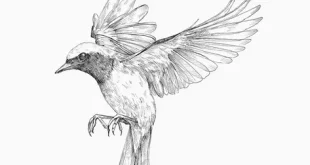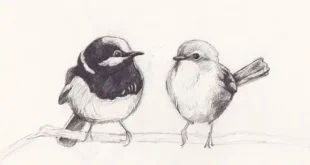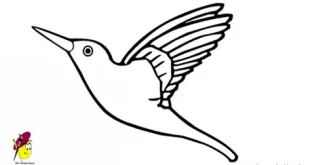Beautiful American Coot Beautiful and Unique Waterbird in the USA
Although many people mistake it for a duck because of its swimming habits, the American Coot is actually a member of the rail family and has several unique traits that set it apart from other waterfowl. With its dark plumage, white beak, and remarkable adaptability, the American Coot has earned a special place in the diverse ecosystem of the United States.
1. Physical Appearance and Unique Features Beautiful American Coot
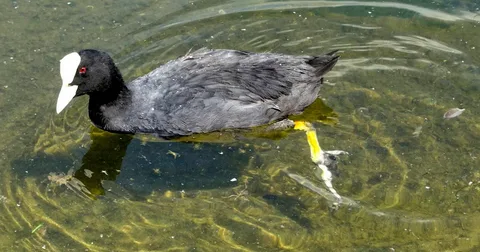
Beautiful American Coot has a distinctive look that makes it stand out among other water birds. Unlike ducks, which have webbed feet, the American Coot has lobed toes—broad, leaf-like extensions on each toe—that help it move gracefully in water and walk easily on soft, muddy surfaces.
Its plumage is mostly dark gray to black, giving it a sleek appearance, while its bill is bright white with a reddish ring near the tip, creating a sharp contrast. The red eyes add another striking feature to its overall look. In flight, you may notice its short, rounded wings and rapid wingbeats, often accompanied by splashing take-offs from the water’s surface.
Interestingly, despite being an excellent swimmer, the American Coot is not waterproof like ducks. It frequently leaves the water to preen and dry its feathers, maintaining their quality and insulation.
2. Habitat and Distribution Across the USA
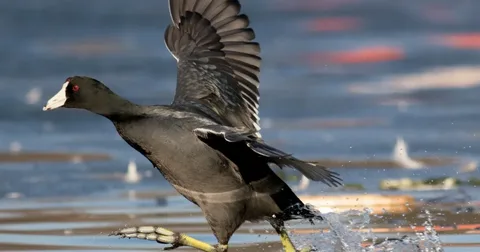
American Coot is one of the most widespread water birds in the United States.
- Freshwater lakes and ponds
- Slow-moving rivers and streams
- Coastal marshes and wetlands
- Agricultural reservoirs and irrigation ponds
These birds are highly adaptable, thriving in both natural environments. During the breeding season, which typically occurs from April to July, they prefer shallow wetlands with abundant vegetation where they can build their floating nests.
In terms of distribution, American Coots are present across most of the continental United States. They are year-round residents in the southern parts of the country, such as Florida, Texas, and California, while northern populations often migrate southward in winter to warmer regions.
3. Diet and Feeding Habits of Beautiful American Coot
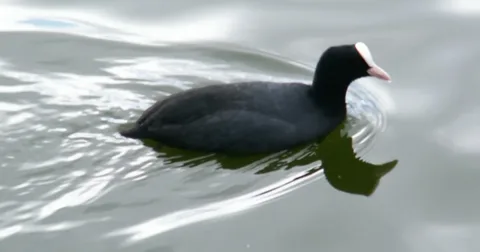
The American Coot is an omnivorous bird, meaning it eats both plant and animal matter. Its diet largely depends on what’s available in its habitat. Some common food sources include:
- Insects and larvae: dragonfly nymphs, beetles, and water bugs
- Small animals: tadpoles, snails, and tiny fish
- Grains and seeds: harvested from farmlands and marsh vegetation
Coots are skilled foragers, often diving underwater to collect submerged plants or dabbling near the surface. Interestingly, they sometimes engage in “kleptoparasitism,” where they steal food from other birds, such as ducks or geese. This bold behavior highlights their resourcefulness and adaptability in competitive ecosystems.
4. Breeding, Social Behavior, and Vocalizations
The American Coot is a social bird, often found in large flocks outside the breeding season. During winter, it can gather in groups of hundreds, forming impressive congregations on lakes and wetlands.
Breeding Behavior
- Nesting: They build floating nests made of plant materials, usually anchored among reeds or cattails.
- Eggs: A female typically lays 8 to 12 eggs, which both parents help incubate for about 21 to 25 days.
- Chicks: The young hatch covered in down and are surprisingly independent swimmers within hours, although they still rely on parents for feeding.
Vocalizations
Coots are known for their distinctive calls, producing a range of clucks, croaks, and squawks. These vocalizations are essential for communication within flocks and between mates, especially during the breeding season.
5. Ecological Importance and Conservation Status
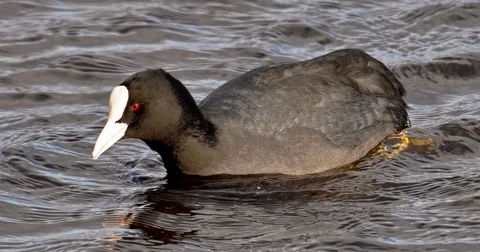
By feeding on aquatic vegetation, it helps maintain a balanced plant population, which benefits other waterfowl and aquatic species. Additionally, its eggs and chicks serve as a food source for predators like raccoons, snapping turtles, and raptors, contributing to the natural food chain.
From a conservation perspective, the American Coot is currently classified as a species of “Least Concern” by the IUCN Red List due to its large population and wide distribution. However, threats such as wetland destruction, water pollution, and climate change could impact future populations. Preserving healthy wetland habitats is essential to ensure the long-term survival of this species.
Conclusion
The American Coot is more than just a common water bird—it’s a fascinating species with unique adaptations, remarkable social behavior, and an important ecological role. Whether gliding across a serene lake or clucking noisily in a marsh, these birds are a vibrant part of North America’s natural heritage.
For birdwatchers and nature enthusiasts, spotting an American Coot is always a rewarding experience. Understanding its habits, habitat, and significance helps us appreciate the delicate balance of life that thrives in wetlands and reminds us why conservation efforts are so important.
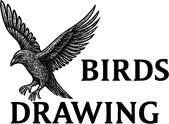 Birds Drawing Birds Drawing
Birds Drawing Birds Drawing

